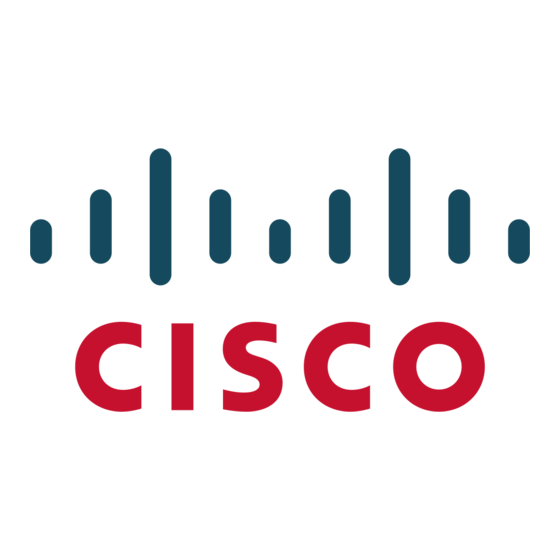Cisco 500 Series Manual de início rápido - Página 9
Procurar online ou descarregar pdf Manual de início rápido para Sistema de conferência Cisco 500 Series. Cisco 500 Series 21 páginas. Stackable managed switches
Também para Cisco 500 Series: Manual de informações de segurança (42 páginas), Manual (4 páginas), Guia de início rápido (13 páginas), Ficha de dados (5 páginas), Manual do utilizador (4 páginas), Manual do utilizador (6 páginas), Manual do utilizador (46 páginas), Manual (40 páginas), Manual de Administração (48 páginas), Manual (24 páginas), Resolução de problemas e manutenção (15 páginas), Manual de referência rápida (7 páginas), Manual de início rápido (25 páginas)

